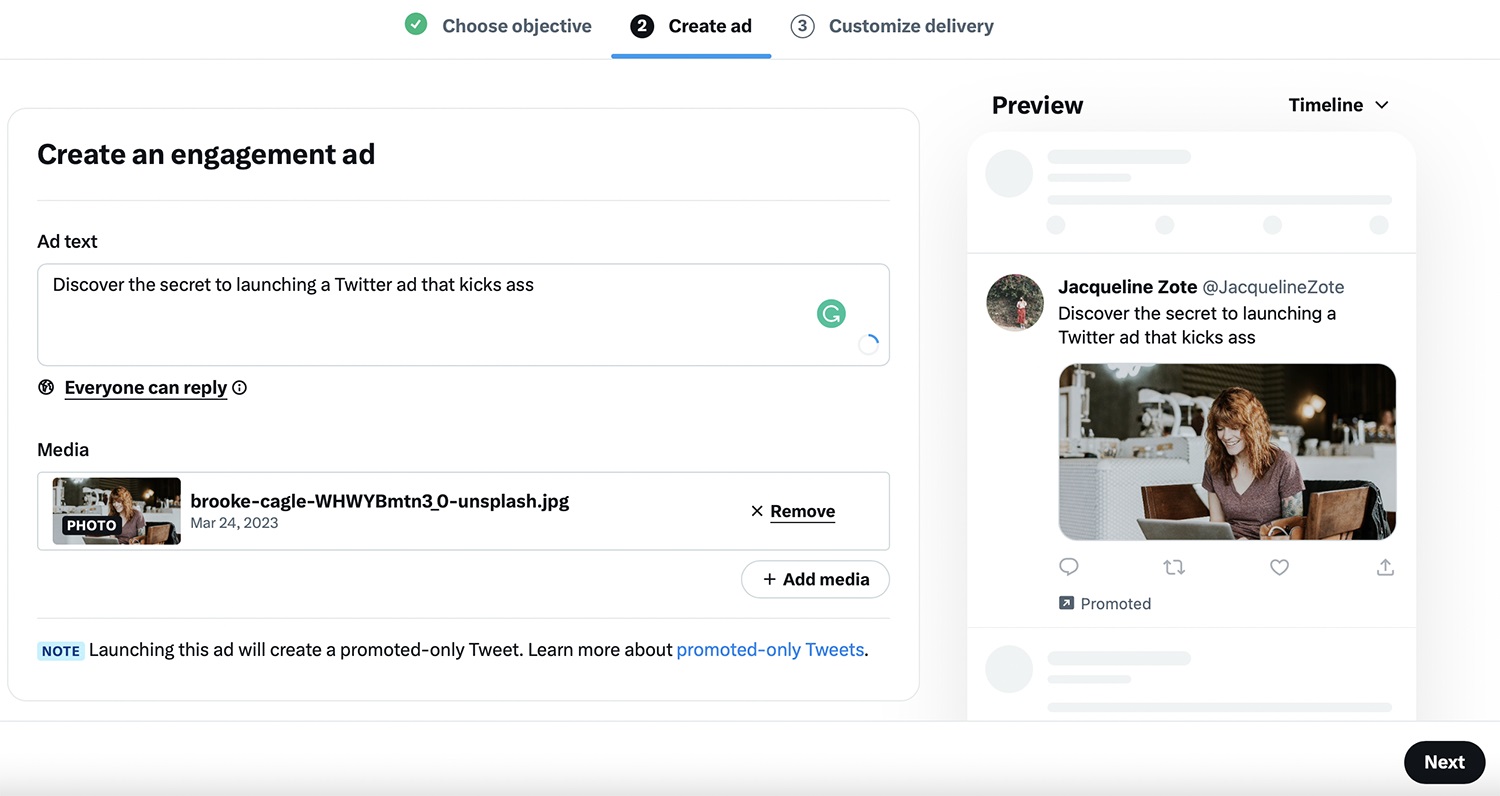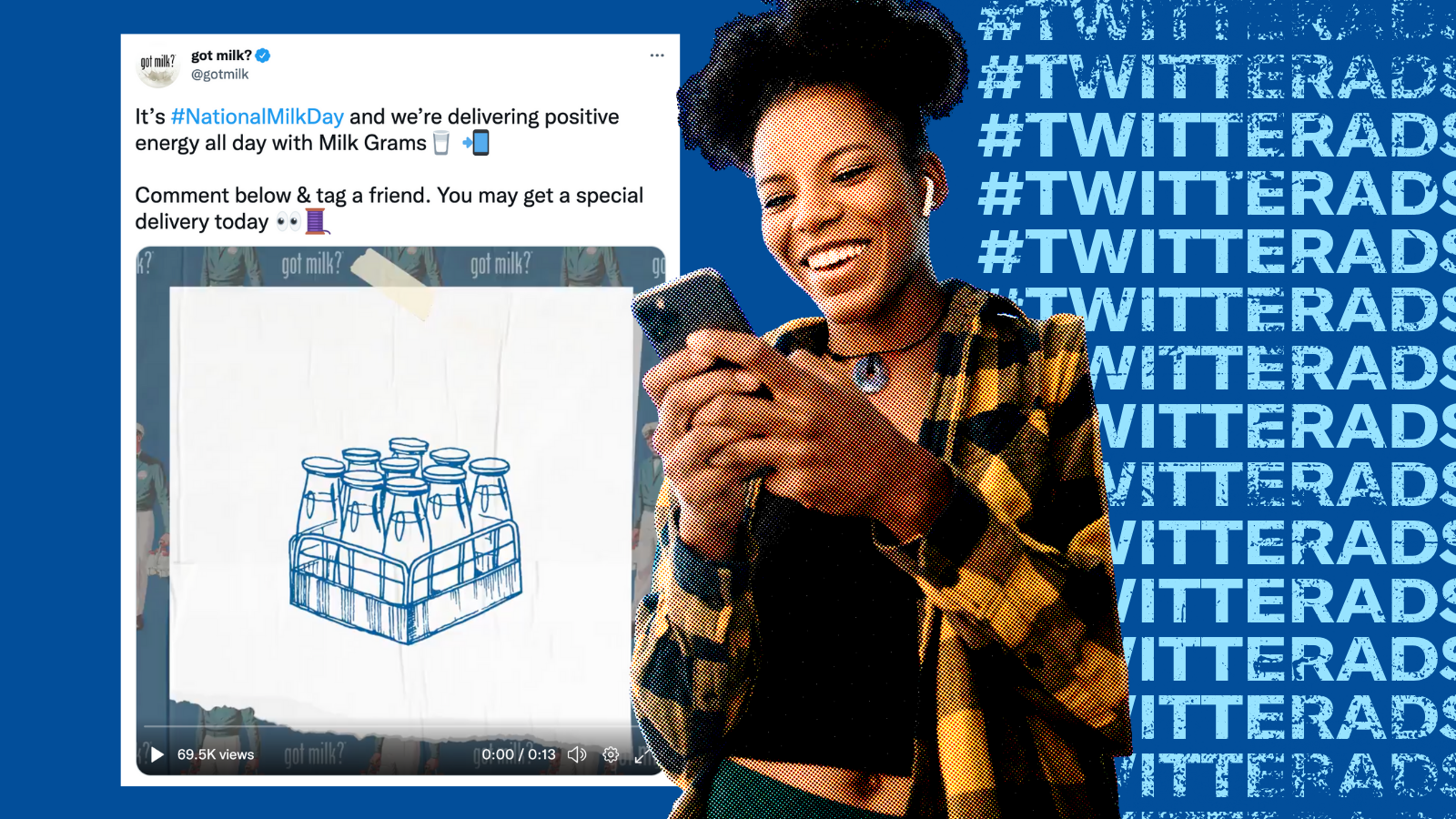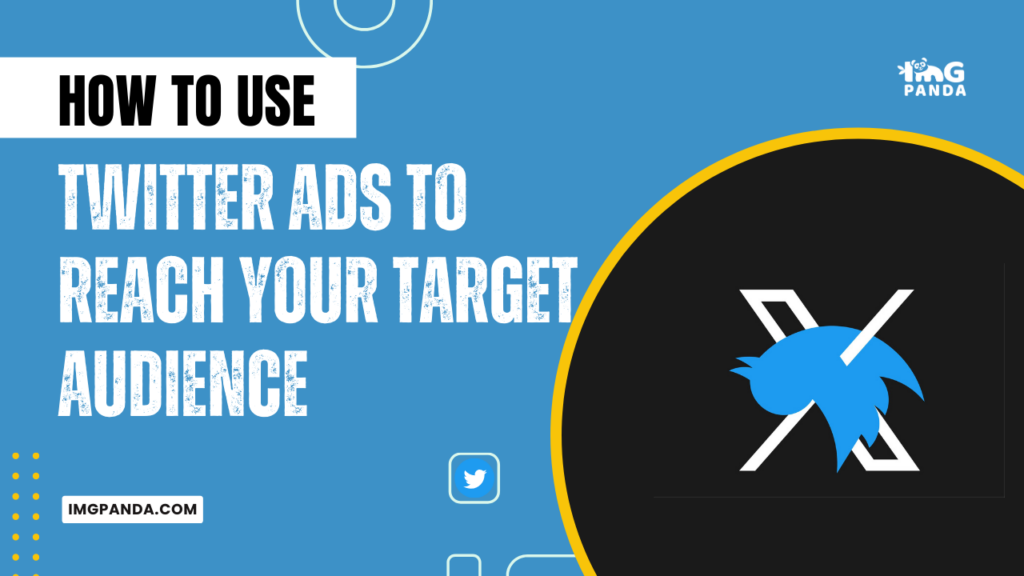Introduction
In today's digital age, businesses need to leverage social media to stay ahead of their competition. Twitter Ads allows businesses to connect with their audience in real time, increase engagement, and drive conversions. However, with so many businesses on Twitter, it can be challenging to reach the right audience. That's why it's essential to have a strategy that's tailored to your target audience.
We'll discuss how to determine your target audience, set up a Twitter Ads account, create your ad, launch your campaign, measure your results, and improve your future campaigns. By the end of this article, you'll have a clear understanding of how to use Twitter Ads to connect with your target audience and drive business growth.
Also Read This: How to Find a Celebrity Name from a Photo?
Determine Your Target Audience
Before you can effectively use Twitter Ads to reach your target audience, you must first understand who your target audience is. Here are some steps to help you determine your target audience:
[caption id="attachment_193087" align="alignnone" width="1070"] Determine Your Target Audience[/caption]
Determine Your Target Audience[/caption]
Research the demographics of your target audience:
You can use Twitter's audience insights tool to analyze the demographics of your current followers. This tool provides data on the age, gender, location, and interests of your followers. By analyzing this data, you can identify patterns and trends that will help you better understand your target audience.
Identify the interests of your target audience:
Twitter provides a wealth of data on the interests of its users. By analyzing the content your followers engage with, you can get a sense of the topics and hashtags they are interested in. This information can help you tailor your content to appeal to your target audience.
Determine the keywords that your target audience uses:
By understanding the keywords your target audience uses, you can create content that resonates with them. You can use Twitter's search function to identify the most popular keywords related to your industry or niche.
Once you have a clear understanding of your target audience, you can begin to create targeted campaigns that speak directly to their interests and needs. By tailoring your content to your target audience, you can increase engagement, drive conversions, and grow your business on Twitter.
Also Read This: How to Use Twitter for Business: Tips and Strategies for Success
Set Up a Twitter Ads Account
Setting up a Twitter Ads account is essential to start advertising on Twitter. Here are the steps to set up your Twitter Ads account:
[caption id="attachment_193088" align="alignnone" width="1280"] Set Up a Twitter Ads Account[/caption]
Set Up a Twitter Ads Account[/caption]
Create a Twitter Ads account:
Go to https://ads.twitter.com/ and sign up for a Twitter Ads account. You will need to provide your name, email address, and phone number.
Set up payment information:
Once you have created your account, you will need to set up your payment information. Twitter Ads offers several payment options, including credit cards, debit cards, and PayPal.
Choose your campaign objective:
When setting up a campaign, Twitter Ads will ask you to choose your campaign objective. You can choose from several objectives, including website clicks, tweet engagements, followers, and app installs.
Select your target audience:
Twitter Ads allows you to target your audience based on demographics, interests, and keywords. You can create a custom audience or use Twitter's audience insights tool to target specific groups.
Choose your ad format:
Twitter Ads offers several ad formats, including promoted tweets, promoted accounts, and promoted trends. You can choose the format that best suits your campaign objective.
Set your budget and bid:
You can set a daily or total budget for your campaign, as well as a bid for each engagement. Twitter Ads uses a bidding system, where you bid on how much you are willing to pay per engagement.
Launch your campaign:
Once you have set up your campaign, you can launch it and start advertising on Twitter.
Setting up a Twitter Ads account is simple and straightforward. By following these steps, you can create targeted campaigns that reach your ideal audience on Twitter.
Also Read This: eStockPhoto: Essential for Marketing
Create Your Twitter Ad
creating a Twitter Ad is an essential part of any Twitter Ads campaign. Here are the steps to create your Twitter Ad:
[caption id="attachment_193090" align="alignnone" width="1500"] Create Your Twitter Ad[/caption]
Create Your Twitter Ad[/caption]
Choose the format of your ad:
Twitter Ads offers several ad formats, including promoted tweets, promoted accounts, and promoted trends. Choose the format that best suits your campaign objective.
Write compelling copy and include eye-catching visuals:
Your ad copy should be concise and engaging. Use clear and straightforward language, and highlight the benefits of your product or service. Include high-quality visuals that are eye-catching and relevant to your target audience.
Use hashtags to increase the reach of your ad:
Hashtags are a great way to increase the reach of your ad. Use relevant hashtags that are popular among your target audience. You can use Twitter's search function to find popular hashtags related to your industry or niche.
Include a clear call-to-action (CTA):
Your ad should have a clear CTA that encourages users to take action. Whether it's to click a link, download an app, or sign up for a newsletter, your CTA should be specific and actionable.
By following these steps, you can create a Twitter Ad that is tailored to your target audience and resonates with them. Remember to test different ad formats, copy, and visuals to see what works best for your campaign objectives.
Also Read This: Twitter vs. Other Social Media Platforms: Which One Is Right for Your Business?
Launch Your Twitter Ad Campaign
Once you have created your Twitter Ad, it's time to launch your campaign. Here are the steps to launch your Twitter Ad campaign:
[caption id="attachment_193091" align="alignnone" width="1600"] Launch Your Twitter Ad Campaign[/caption]
Launch Your Twitter Ad Campaign[/caption]
Set your budget and bid:
Twitter Ads uses a bidding system, where you bid on how much you are willing to pay per engagement. Set a budget that you are comfortable with, and set your bid based on your campaign objective.
Choose the duration of your campaign:
You can choose the start and end date of your campaign. Consider your campaign objective and your budget when setting the duration of your campaign.
Monitor and adjust your campaign based on performance:
Once your campaign is live, monitor its performance regularly. Twitter Ads provides data on engagement, reach, and cost per engagement. Use this data to adjust your campaign and improve its performance.
Engage with users who engage with your ad:
Respond to users who engage with your ad, whether it's a retweet, like, or reply. Engaging with users can help increase engagement and build relationships with your target audience.
Launching a Twitter Ad campaign is an ongoing process. Continuously monitor and adjust your campaign to improve its performance and reach your campaign objectives.
Also Read This: Deleting 123RF Account: Simple Guide
Measure Your Twitter Ad Campaign Results
Measuring your Twitter Ad campaign results is crucial to understanding the effectiveness of your campaign and making improvements for future campaigns. Here are the steps to measure your Twitter Ad campaign results: Here's a video showcasing the utilization of Twitter Ads in 2023.
Analyze the engagement of your ad:
Twitter Ads provides data on the engagement of your ad, including likes, retweets, replies, and clicks. Analyze this data to understand which types of engagement are most effective and adjust your campaign accordingly.
Measure the reach of your ad:
Twitter Ads provides data on the reach of your ad, including impressions and reach. Impressions refer to the number of times your ad was displayed to users, while reach refers to the number of unique users who saw your ad. Analyze this data to understand the reach of your campaign and adjust your targeting accordingly.
Determine the cost per engagement (CPE):
CPE refers to the cost of each engagement with your ad. Calculate the CPE by dividing the total cost of your campaign by the number of engagements. Analyze this data to understand the effectiveness of your campaign and adjust your bidding strategy accordingly.
Use the results to improve future campaigns:
Use the data you have collected to make improvements for future campaigns. Adjust your targeting, ad format, copy, and visuals based on what worked and what didn't work in your previous campaigns.
Measuring your Twitter Ad campaign results is essential to improving the effectiveness of your campaigns and achieving your campaign objectives. Continuously analyze and adjust your campaigns to improve their performance and reach your target audience effectively.
Also Read This: Does iStock accept AI images? Exploring the compatibility of AI-generated images with iStock.
Pros and Cons
Sure, here's a table outlining the pros and cons of using Twitter Ads to reach your target audience:
| Pros | Cons |
| Targeted Advertising | Ad Fatigue |
| Real-time Engagement | Limited character count |
| Cost-effective | Increasing Competition |
| Brand awareness and reach | The high frequency of tweets may be overwhelming |
| Variety of ad formats to choose from | Difficult to stand out among other tweets |
| Access to detailed analytics and performance data | Negative sentiment can spread quickly on Twitter |
Note that these pros and cons are not exhaustive and may vary depending on the specific campaign and target audience.
Also Read This: Playlist Mastery: Expert Tips for Organizing and Sharing on Spotify
FAQs
How much does it cost to advertise on Twitter?
The cost of advertising on Twitter varies depending on the ad format, targeting options, and bidding strategy. You can set a budget for your campaign and choose how much you are willing to pay per engagement.
How can I make my Twitter Ads stand out?
To make your Twitter Ads stand out, use eye-catching visuals, write compelling copy, include a clear call-to-action, and use relevant hashtags. Test different ad formats and targeting options to see what works best for your campaign objectives.
How can I measure the effectiveness of my Twitter Ads campaign?
You can measure the effectiveness of your Twitter Ads campaign by analyzing engagement, reach, and cost per engagement. Use this data to adjust your campaign and improve its performance.
How often should I tweet my ads?
The frequency of your tweets depends on your campaign objectives and your target audience. However, it's essential to avoid overwhelming your audience with too many tweets. Test different tweet frequencies to see what works best for your campaign.
How can I target my ideal audience on Twitter?
Twitter Ads allows you to target your ideal audience based on demographics, interests, and keywords. Use Twitter's audience insights tool to analyze the demographics and interests of your current followers and create custom audiences based on this data.
What are the best practices for using Twitter Ads?
The best practices for using Twitter Ads include targeting your ideal audience, creating compelling ads, using relevant hashtags, monitoring and adjusting your campaigns based on performance, and engaging with users who engage with your ads.
Conclusion
Twitter Ads is a powerful advertising platform that businesses can use to reach their target audience effectively. By determining your target audience, setting up a Twitter Ads account, creating compelling ads, launching your campaign, and measuring your results, you can use Twitter Ads to increase your brand awareness, engagement, and conversions.
While there are pros and cons to using Twitter Ads, the benefits outweigh the drawbacks for businesses that use the platform effectively. With targeted advertising, real-time engagement, cost-effectiveness, and access to detailed analytics, Twitter Ads can help businesses achieve their campaign objectives and grow their business on Twitter.
To make the most of Twitter Ads, it's essential to tailor your campaigns to your target audience, use compelling visuals and copy, and monitor and adjust your campaigns based on performance. By following these best practices, businesses can use Twitter Ads to connect with their target audience, drive engagement and conversions, and achieve their marketing goals on Twitter.









































